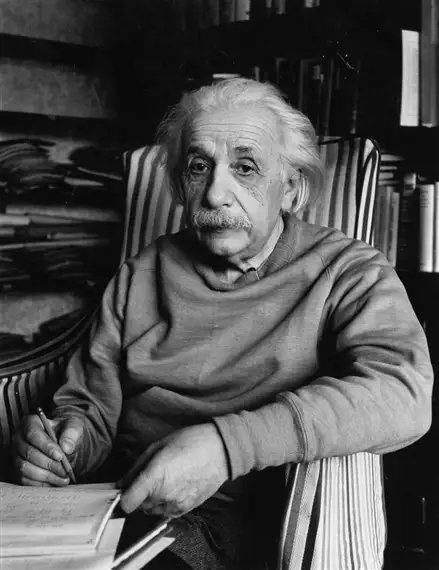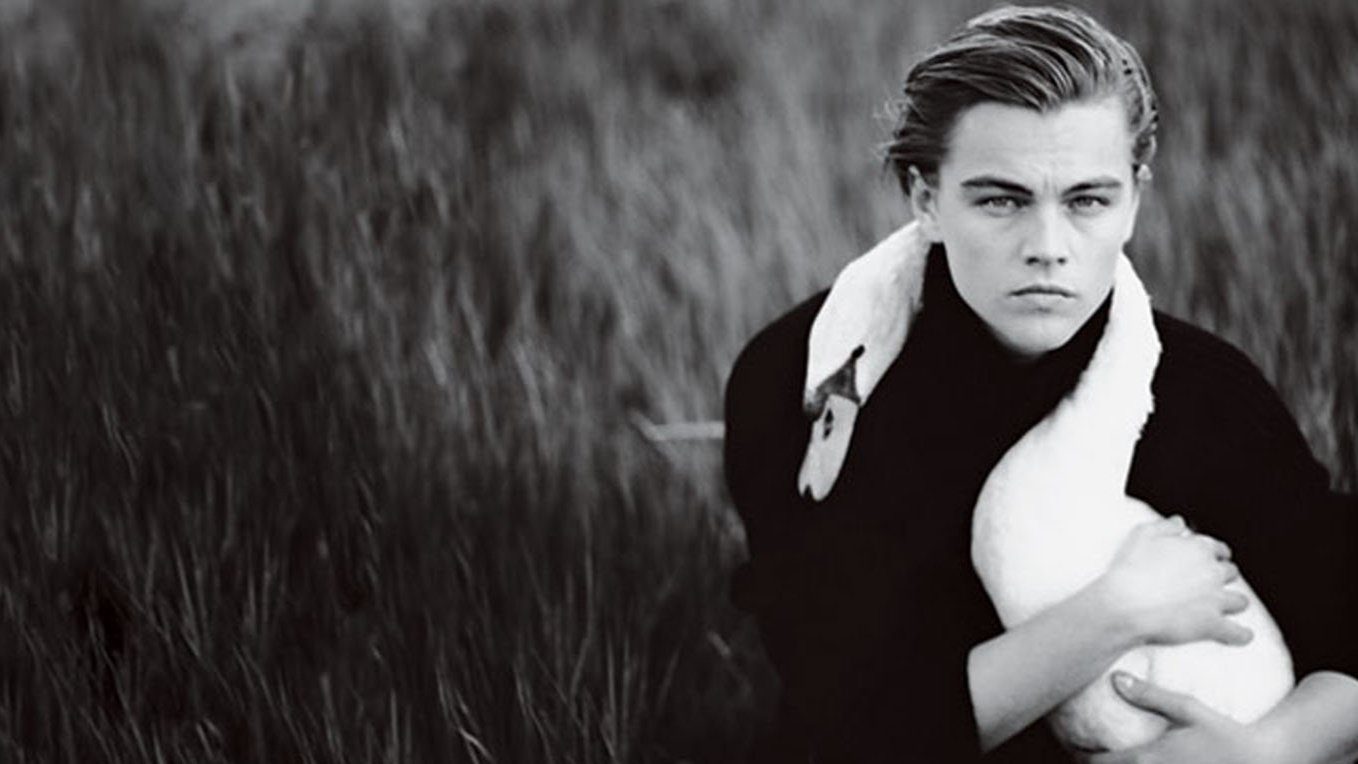Alfred Eisenstaedt
Alfred Eisenstaedt was a pioneering photographer known for his ability to capture defining moments in history with a single frame. Often referred to as the "Father of Photojournalism," his iconic images have left an indelible mark on the world of photography.
Early Life and Career
Alfred Eisenstaedt was born in 1898 in Dirschau, West Prussia, which is now part of modern-day Poland. At the age of 14, he received his first camera as a gift, sparking his lifelong passion for photography. Eisenstaedt began his career as a freelance photographer in Berlin during the 1920s. In 1935, he moved to the United States to escape the growing persecution of Jews in Nazi Germany. There, he joined the newly established Life magazine, where he worked for over 40 years, producing more than 2,500 photo essays and 90 covers.
Photographic Style and Techniques
Eisenstaedt's photographic style is characterized by his ability to capture the essence of a moment with spontaneity and authenticity. He excelled at street photography and candid portraiture, often using natural light to illuminate his subjects. This approach allowed him to document significant historical events, such as the signing of the Treaty of Versailles and the end of World War II, as well as everyday life in the cities he visited.
Eisenstaedt was known for his patience and perseverance, often waiting for the perfect moment to press the shutter button. He once said, "It is more important to click with people than to click the shutter." This philosophy is evident in the warmth and humanity that radiate from his photographs.
Career Highlights
Some of Eisenstaedt's most famous images include "V-J Day in Times Square," which depicts a sailor passionately kissing a nurse in the midst of a celebratory crowd on Victory over Japan Day, and his candid portraits of famous personalities like Marilyn Monroe, Sophia Loren, and Winston Churchill. His work has been exhibited in galleries and museums around the world, and he has received numerous awards and accolades for his contributions to photojournalism.
Photography Gear
Eisenstaedt primarily used a Leica rangefinder camera with a 35mm lens, which allowed him to work quickly and unobtrusively. This compact and lightweight setup enabled him to capture candid moments without drawing attention to himself. He also occasionally used medium-format Rolleiflex cameras, especially for portraits.
Photography Books
"Eisenstaedt: Remembrances" is a comprehensive collection of work by Alfred Eisenstaedt. It presents photographs dating from his life in Germany in the 1930s through his long career with Life magazine. This book showcases Eisenstaedt's diverse range of subjects and his unique ability to capture the essence of a moment. For practicing photographers, it offers valuable insights into the evolution of his photographic style and serves as a rich source of inspiration.
"Eisenstaedt on Eisenstaedt: A Self-Portrait" is a captivating self-portrait by Eisenstaedt himself. Accompanied by Eisenstaedt's own commentary on his career, this book features photographs of politicians, scientists, musicians, dancers, children, and other subjects. It provides an intimate glimpse into the mind of a master photographer, allowing readers to learn about the techniques, artistic choices, and thought processes that shaped his work. This book is an invaluable resource for photographers looking to gain a deeper understanding of Eisenstaedt's approach and philosophy.
"Eisenstaedt: Witness to Our Time" is a compelling portrayal of the men and women who have made world history over the past four decades, captured by Alfred Eisenstaedt. This book demonstrates Eisenstaedt's remarkable talent for capturing the spirit and emotions of his subjects, making it a valuable resource for photographers seeking to develop their own skills in documenting historical events and figures. The book serves as both a testament to Eisenstaedt's incredible career and a source of inspiration for photographers who aspire to follow in his footsteps.
Quotes
"It is more important to click with people than to click the shutter."
"The important thing is not the camera but the eye."
"Photography is a way of feeling, of touching, of loving. What you have caught on film is captured forever... it remembers little things, long after you have forgotten everything."
"I don't like to work with assistants. I'm already one too many; the camera alone would be enough."
"To this day, I never, never want to see a picture before it is in the paper."
Legacy and Influence
Alfred Eisenstaedt's groundbreaking work in photojournalism has influenced generations of photographers, such as Robert Capa, Henri Cartier-Bresson, and Steve McCurry, who have all used their cameras to document important moments in history and the human experience. His candid approach to capturing the essence of a moment can also be seen in the work of street photographers like Garry Winogrand, Vivian Maier, and Joel Meyerowitz.
Alfred Eisenstaedt's groundbreaking career in photojournalism has left a lasting legacy on the world of photography. His innovative approach to capturing the essence of a moment and his ability to connect with his subjects have inspired countless photographers who have followed in his footsteps. Eisenstaedt's work serves as a testament to the power of photography to document history, foster empathy, and illuminate the human experience.















In the mid-20th century, a momentary pause in the thrum of humanity was etched into the annals of history by a German-born American photographer, Alfred Eisenstaedt. His subject? A sailor's passionate kiss with a dental assistant in the heart of Times Square. What started as an ordinary day on August 14, 1945, would eventually be hailed as one of the most iconic photographs in history.